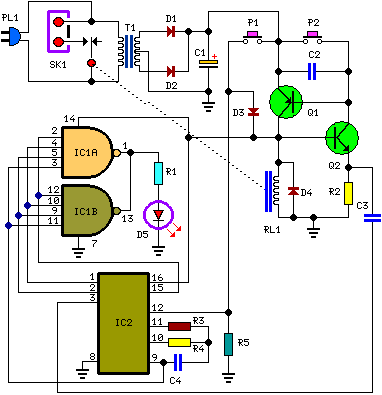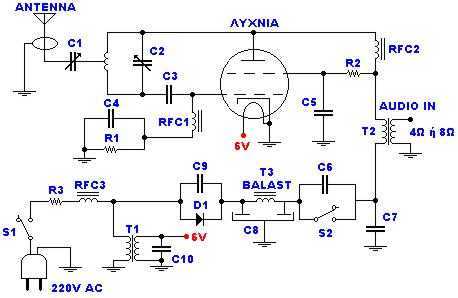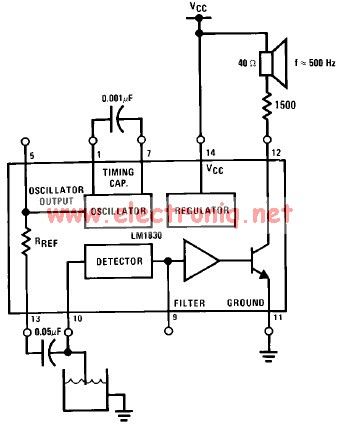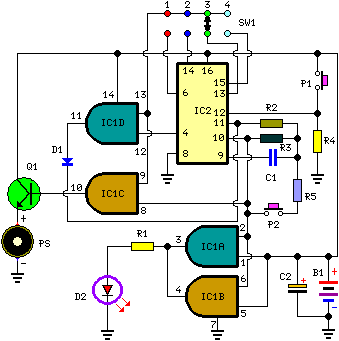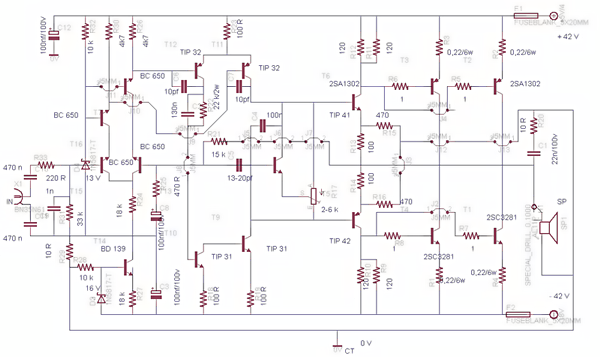
EL34 schematic confusion
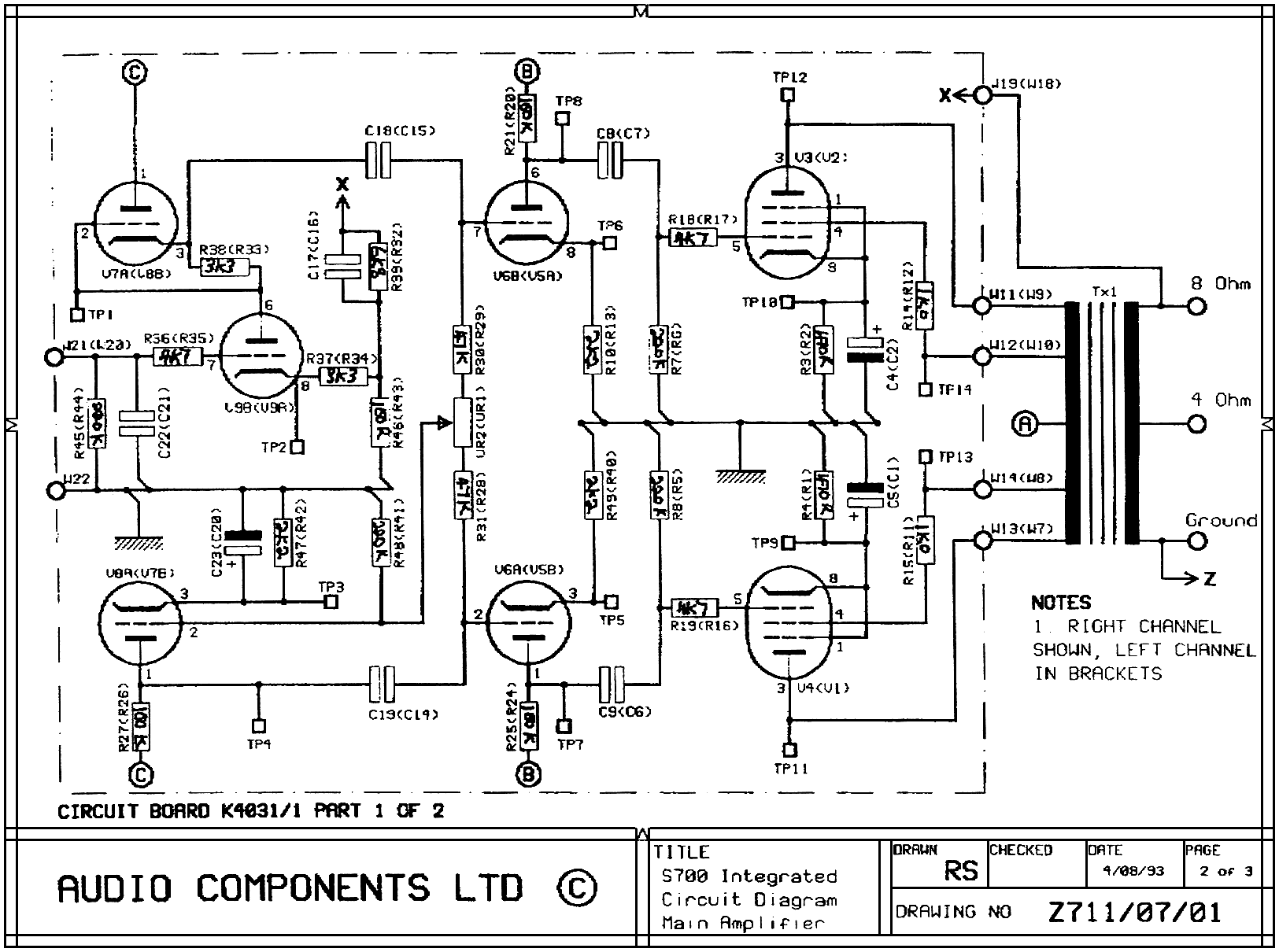
Excessive complexity can lead to confusion. The initial goal was to design a straightforward 15W triode and 30W Class AB1 pentode push-pull amplifier. Class AB1 is chosen because...
The design of a 15W triode and 30W Class AB1 pentode push-pull amplifier involves several key considerations to ensure optimal performance and sound quality. The amplifier utilizes a push-pull configuration, which allows for better efficiency and reduced distortion compared to single-ended designs. The Class AB1 operation mode is particularly advantageous as it combines the benefits of Class A and Class B amplifiers, providing a linear output with improved efficiency.
In this circuit, the triode stage typically serves as the driver for the pentode output stage. The triode, known for its linear characteristics, ensures that the signal remains undistorted as it is amplified. The pentode stage, on the other hand, delivers the required power output while maintaining a high level of efficiency. The use of negative feedback may be employed to further enhance linearity and reduce harmonic distortion.
Key components in the circuit include the input coupling capacitors, which block any DC offset from the source, and the output transformer, which matches the high output impedance of the pentode to the low impedance of the speakers. Additionally, biasing resistors are crucial for setting the operating point of the output stage, ensuring that the amplifier remains in the desired Class AB1 region during operation.
Power supply design is also critical, as it must provide stable voltage and current to both the triode and pentode stages. Proper decoupling capacitors are necessary to filter out any noise from the power supply, ensuring a clean signal path.
Overall, the 15W triode and 30W Class AB1 pentode push-pull amplifier design emphasizes simplicity while aiming for high fidelity audio reproduction, making it an excellent choice for audio enthusiasts seeking a balance between power and sound quality.Too much of a good thing can confuse you. I started out looking to build a simple 15W triode / 30W Class AB1 pentode PP amplifer. Class AB1 = because.. 🔗 External reference
The design of a 15W triode and 30W Class AB1 pentode push-pull amplifier involves several key considerations to ensure optimal performance and sound quality. The amplifier utilizes a push-pull configuration, which allows for better efficiency and reduced distortion compared to single-ended designs. The Class AB1 operation mode is particularly advantageous as it combines the benefits of Class A and Class B amplifiers, providing a linear output with improved efficiency.
In this circuit, the triode stage typically serves as the driver for the pentode output stage. The triode, known for its linear characteristics, ensures that the signal remains undistorted as it is amplified. The pentode stage, on the other hand, delivers the required power output while maintaining a high level of efficiency. The use of negative feedback may be employed to further enhance linearity and reduce harmonic distortion.
Key components in the circuit include the input coupling capacitors, which block any DC offset from the source, and the output transformer, which matches the high output impedance of the pentode to the low impedance of the speakers. Additionally, biasing resistors are crucial for setting the operating point of the output stage, ensuring that the amplifier remains in the desired Class AB1 region during operation.
Power supply design is also critical, as it must provide stable voltage and current to both the triode and pentode stages. Proper decoupling capacitors are necessary to filter out any noise from the power supply, ensuring a clean signal path.
Overall, the 15W triode and 30W Class AB1 pentode push-pull amplifier design emphasizes simplicity while aiming for high fidelity audio reproduction, making it an excellent choice for audio enthusiasts seeking a balance between power and sound quality.Too much of a good thing can confuse you. I started out looking to build a simple 15W triode / 30W Class AB1 pentode PP amplifer. Class AB1 = because.. 🔗 External reference
